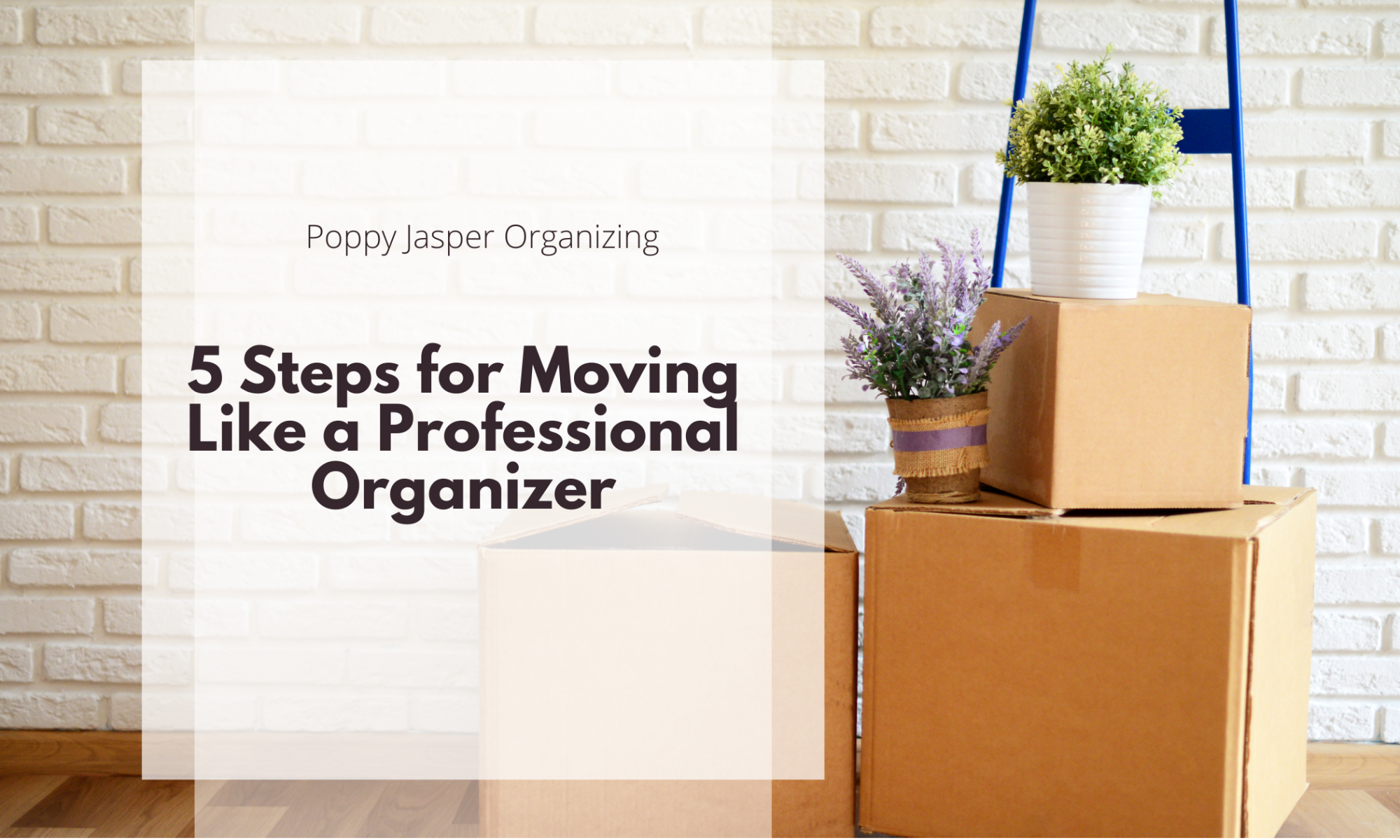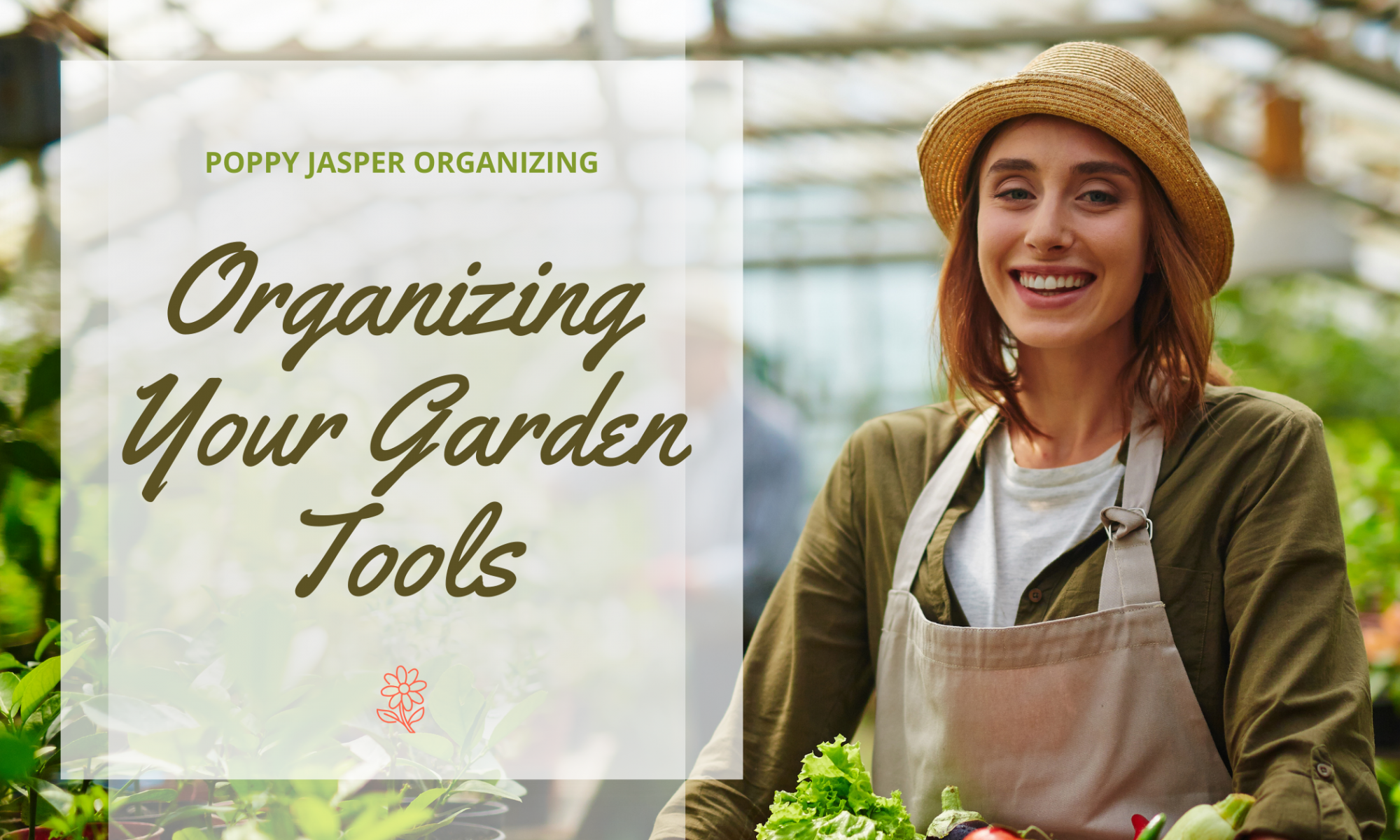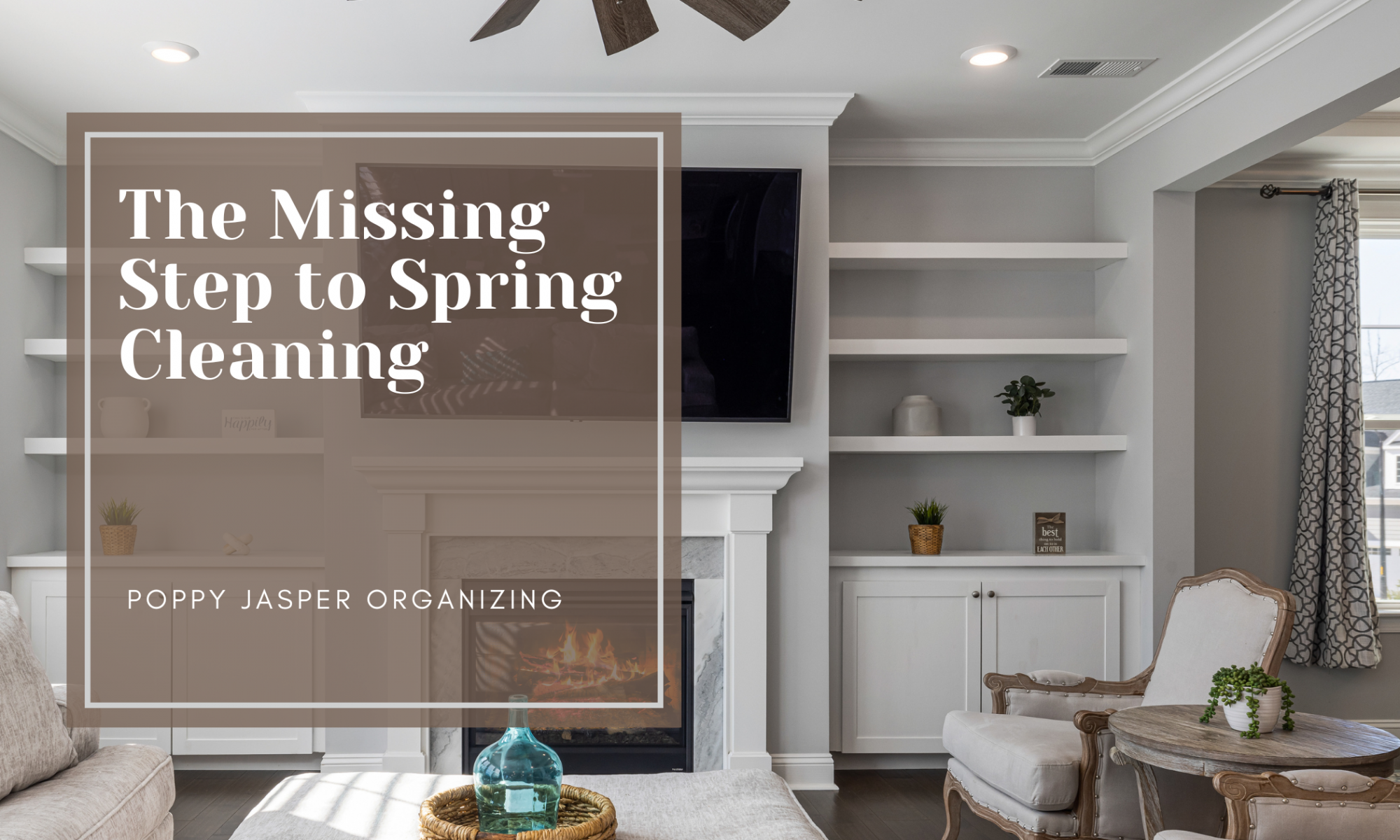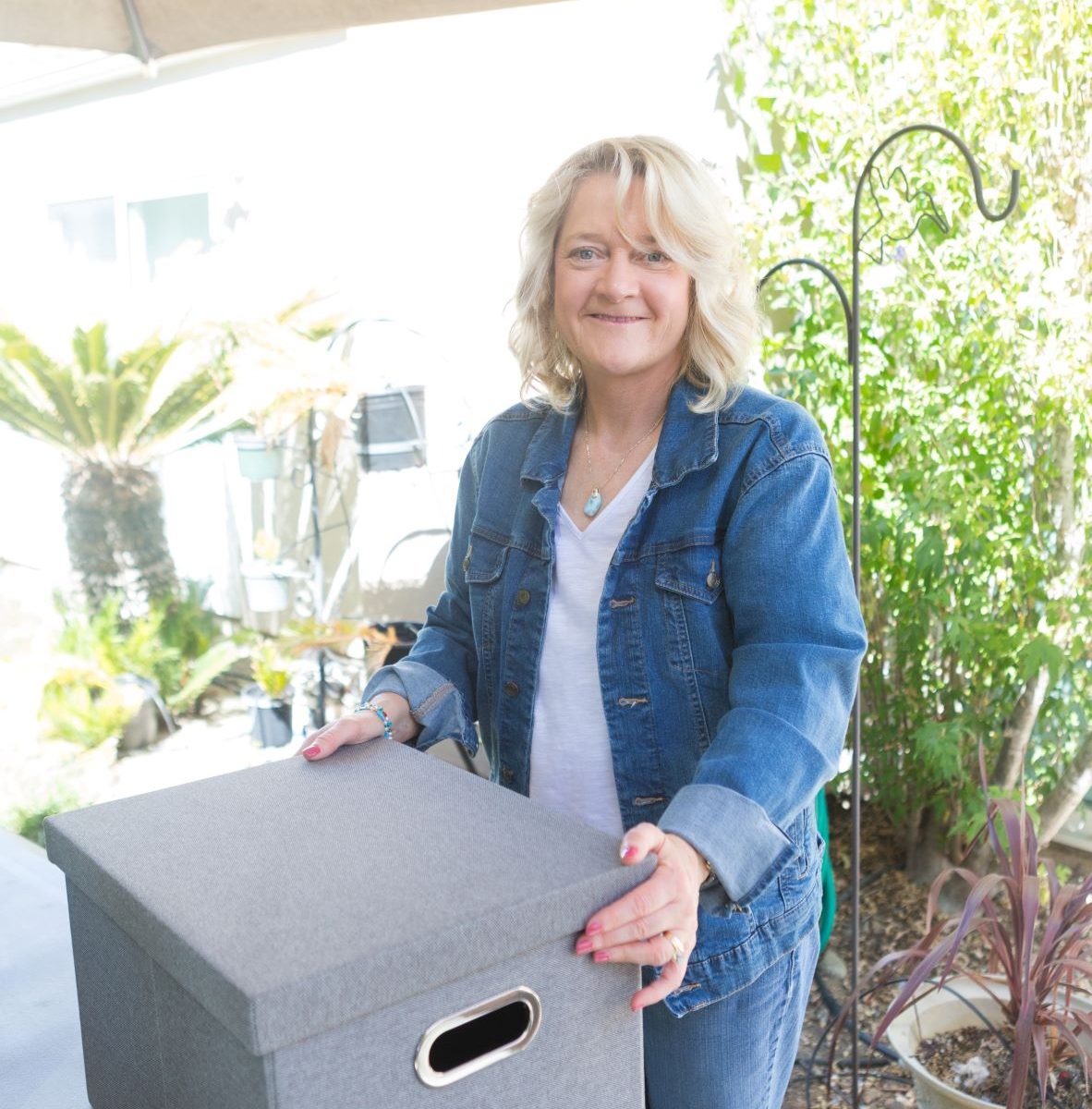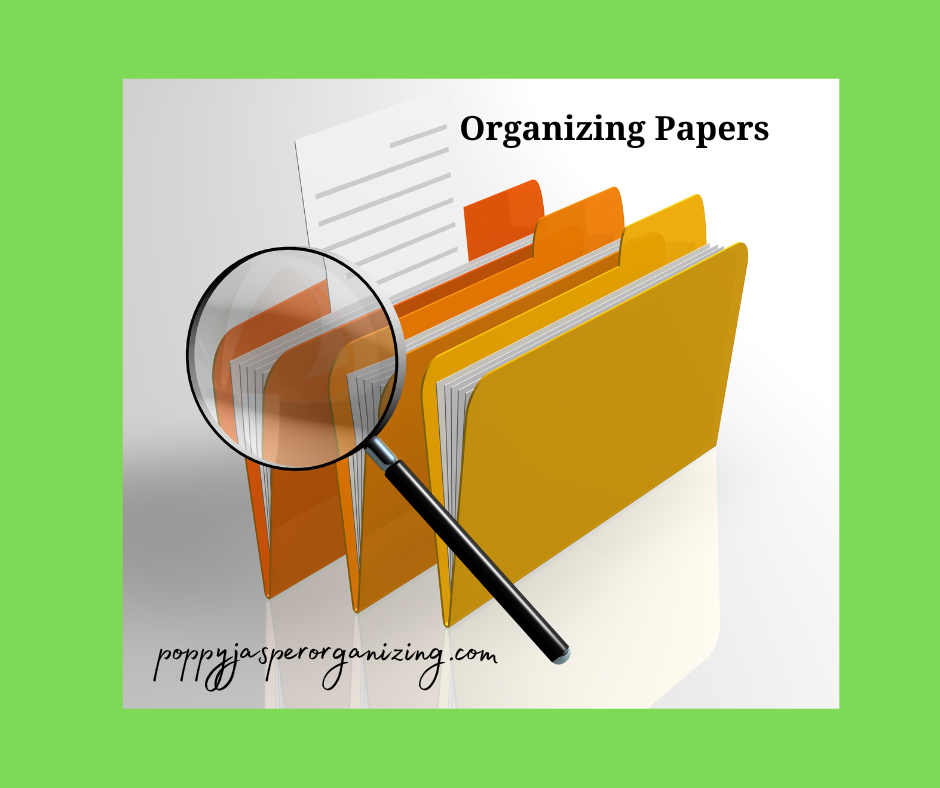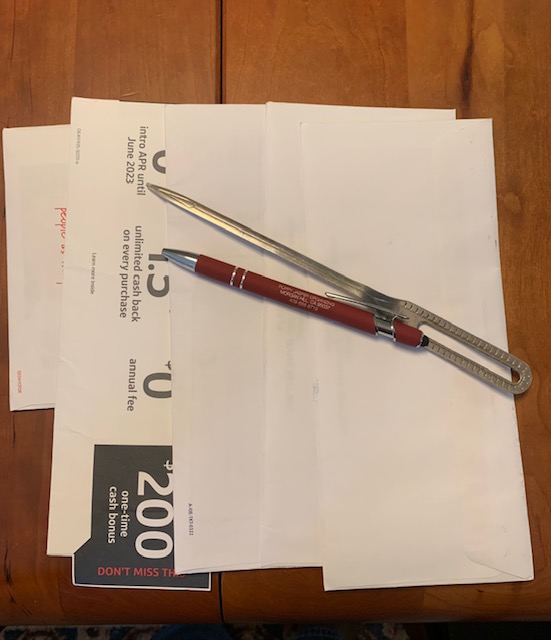If you’ve ever felt overwhelmed by the work you do around your home, you are not alone. Between maintenance, cleaning, landscaping, and the stuff inside your closets, cupboards, and cabinets, it’s easy for your home to feel more like a curse than a blessing. That’s why many seniors downsize their homes as they age. But downsizing isn’t just for seniors anymore!
Last month, I explained the steps for an organized move in the Poppy Jasper Organizing blog. But when you’re moving to downsize, there’s much more to consider.
Before making big changes, it’s important to consider a few things first. Below, we’ll discuss the benefits of downsizing, the emotional toll it can have, and a few tips for caring for older relatives during the downsizing process.
Why Downsize?
Simplified Lifestyle
Downsizing has many benefits, but the common thread is a simplified lifestyle. And as a professional organizer, you know I’m a big fan of that! When we simplify our homes and lives, we make space for what matters most.
Financial Savings
One of the most significant benefits of downsizing is cutting costs. A smaller home typically means lower mortgage payments, reduced property taxes, and decreased utility bills. For retirees living on a fixed income, these savings can provide much-needed financial relief, which leads to less stress.
Less Maintenance & Upkeep
The American dream of a large home, sprawling lawn, and white picket fence sounds nice, but in reality, it’s a lot of work!
A smaller home means less surface area to clean, repair, and organize. For seniors, community living is a great option. Many senior living communities offer maintenance services, which means tasks like lawn care and home repairs are taken care of for you.
Safety & Accessibility
A big benefit for downsizing seniors is increased safety and accessibility with single-story layouts, wider doorways, and other modifications. Reducing the risk of falling and other accidents gives seniors and their families peace of mind.
The Emotional Side of Downsizing
It’s especially overwhelming for seniors to downsize because they often face a lifetime’s accumulation of belongings and memories under one roof.
Most people need support sorting and decluttering their belongings, and a compassionate partner makes all the difference.
I understand the sensitive nature of downsizing and work well with seniors to manage the emotionally exhausting side.
A few things that help are taking frequent breaks, reminders to drink water and eat, and pausing when emotions run high.
It’s important to honor the memories and nostalgia that arise when sorting through the past. For more information about coping with the emotions of downsizing, read this article by the Elder Care Alliance.
Caring for Older Relatives During Downsizing
Adult children often help their aging parents downsize, which is bound to stir up emotions for everyone. Supporting someone from a long distance can create added stress. This checklist for caregivers from the Family Caregiver Alliance is a good starting point for getting your to-do’s in order.
Here are a few things I would recommend.
- Finding in-person professional support. Long distance or not, you can reduce stress for everyone if you work with a senior move management professional. Contact me to learn more about my downsizing services.
- Begin as soon as possible. If you aren’t rushed, start sorting and decluttering as early as possible. It takes longer than you think and requires compassion.
- Get organized! No surprise here, but I definitely know you’ll save time and energy if you get organized in the beginning. Create a notebook or folder to keep all your checklists, contacts, and other important information. Gather supplies like boxes and packing materials. Keep an inventory of belongings as you sort through and pack them. You’ll thank your future self if you do these things beforehand!
Here’s an article from the National Institute on Aging for more tips and support in long-distance caregiving.
After reading this, your head may be swimming. Though downsizing is sometimes forced upon seniors for safety reasons, it’s also a lifestyle that more and more people are choosing. Can you imagine a life less encumbered by your belongings? What would you do with that freedom and renewed energy?
In the end, downsizing isn’t just about moving to a smaller space; it’s about creating a lifestyle that supports seniors’ changing needs and aspirations, allowing them to enjoy their golden years with peace of mind and dignity.
If you enjoyed this blog post, sign up for my newsletter for more tips and support.


